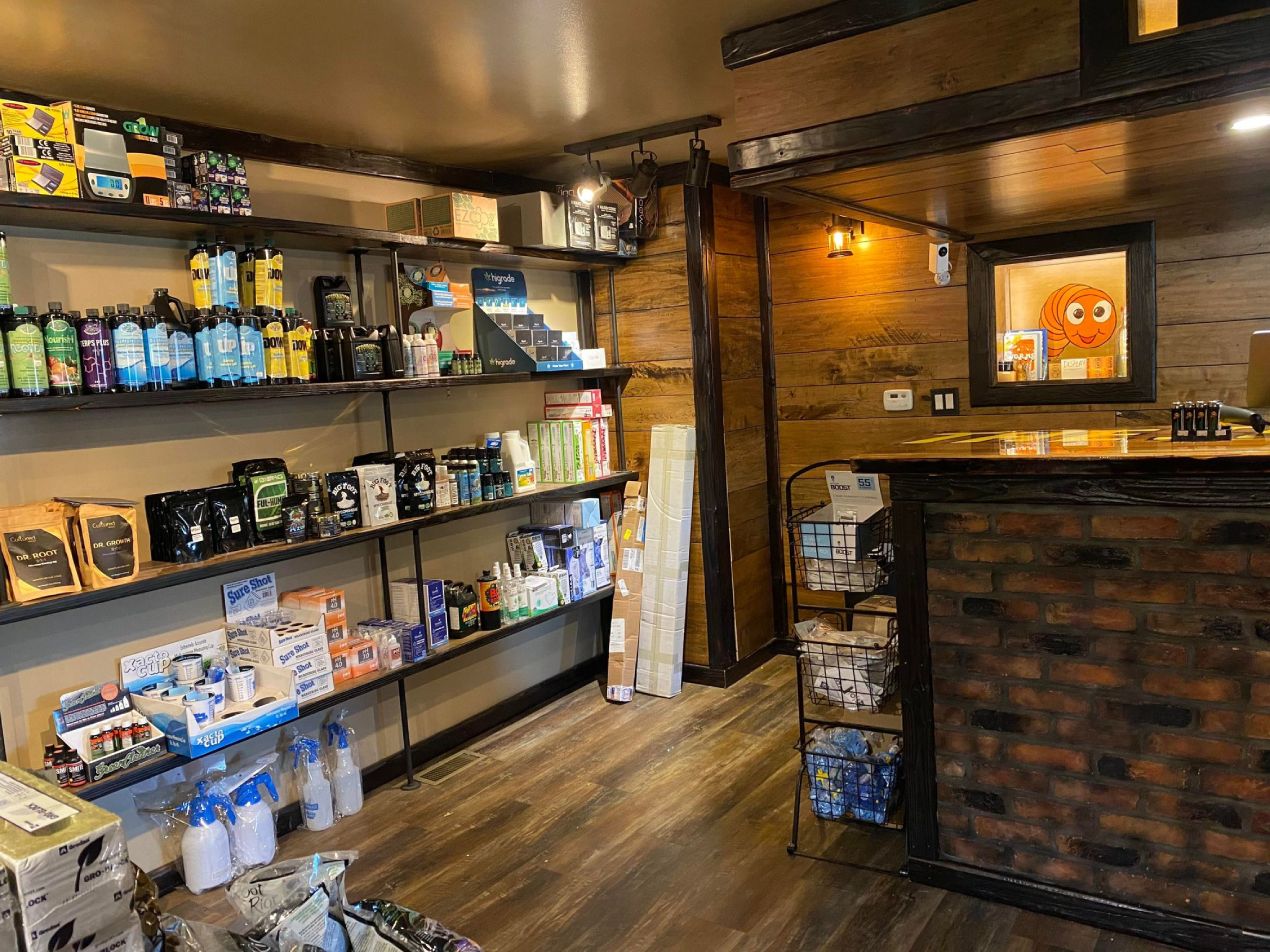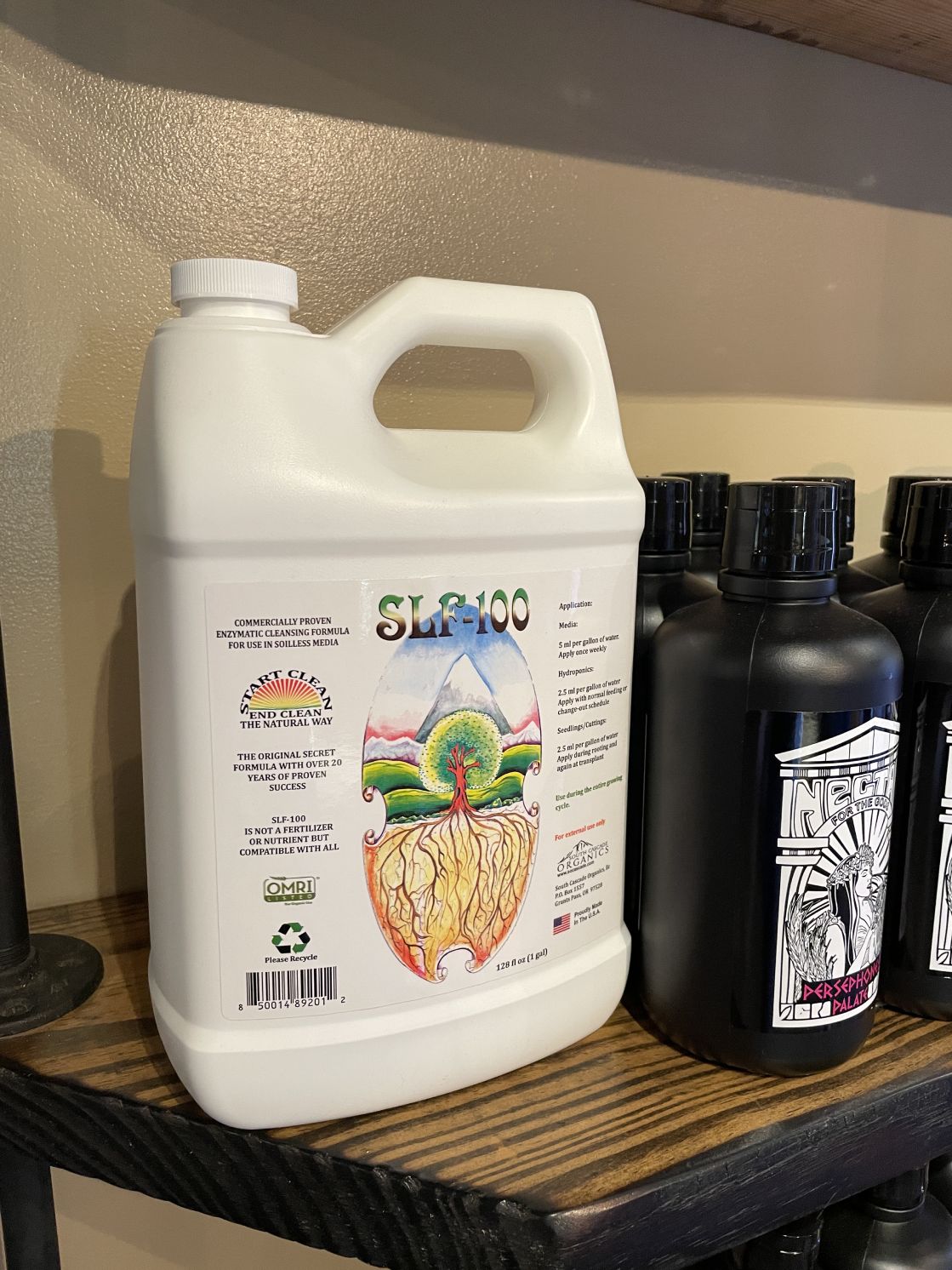Just How to Begin Your Own Hydroponic Yard at Home
Embarking on the journey of starting your own hydroponic yard at home can provide a unique and rewarding experience. Remain tuned to discover the essential actions and considerations that will lead you in the direction of developing a growing hydroponic garden right in the convenience of your own home.
Advantages of Hydroponic Horticulture
Hydroponic gardening offers numerous benefits, making it a reliable and sustainable approach of growing plants without soil. Among the crucial benefits of hydroponic gardening is water preservation. This technique uses only a fraction of the water compared to typical soil-based horticulture, as the water in hydroponic systems is recirculated and recycled, reducing wastefulness. In addition, hydroponic systems permit for faster plant development and higher yields. By giving plants with straight access to nutrients, water, and oxygen, they can mature to 25% faster than soil-grown plants. This increased development rate means that hydroponic gardeners can appreciate a quicker harvest and multiple expanding cycles in a solitary period (The Indoor Earthworm). Furthermore, hydroponic horticulture gets rid of the demand for herbicides and chemicals, creating a much safer and a lot more eco-friendly growing environment. The regulated nature of hydroponic systems additionally decreases the danger of illness and parasites, causing much healthier plants. Generally, the advantages of hydroponic gardening make it an attractive choice for home gardeners seeking to make best use of efficiency and sustainability in their plant growing techniques.
Necessary Supplies and Equipment
To efficiently establish a hydroponic garden at home, getting the essential products and equipment is important for making certain effective plant growth and maintenance. The key materials needed include a reservoir to hold the nutrient service, a water pump to flow the service, a timer for managing the watering cycles, and a pH screening set to keep track of and readjust the nutrient levels. Furthermore, you will require a growing tool such as perlite, vermiculite, or Rockwool to sustain the plants' origin systems.
Spending in a thermometer and hygrometer can help you keep an eye on the temperature and moisture levels within your hydroponic system. Crucial tools like determining mugs, syringes for nutrient remedy measurement, and pruners for plant upkeep are important for correct yard treatment. Having these products and tools in location will certainly set you on the appropriate course to a successful hydroponic gardening experience.
Choosing the Right Plants

Setting Up Your Hydroponic System
After thoroughly choosing the right plants for your hydroponic system, the next crucial step is establishing up the necessary facilities to sustain their development and advancement successfully. The very first aspect to consider is the kind of hydroponic system you will certainly make use of. Choices consist of deep water society, nutrient movie method, or drip systems. The Indoor Earthworm. Each has its very own needs and advantages, so choose one that aligns with your spending plan, space, and experience degree.
Following, you will certainly require a reservoir to hold the nutrient solution that supplies necessary nutrients to your plants. Guarantee it is lightproof to stop algae development and suitably sized based on the number of plants you plan to grow. In addition, you will certainly need an air pump and air rocks to oxygenate the nutrient solution, promoting healthy root growth.
Do not forget illumination-- essential for photosynthesis. LED grow lights are popular for their power efficiency and range adjustability. Proper ventilation, temperature control, and pH tracking are likewise important elements to think about when establishing up your hydroponic system. By paying attention to these details, you can develop an optimal setting for your plants to thrive.
Upkeep and Troubleshooting
Effective maintenance and timely troubleshooting browse around this site are essential best site practices to make sure the durability and success of your hydroponic yard. On a regular basis checking the nutrient levels, pH balance, and water temperature is crucial to maintain your plants healthy. Nutrient imbalances can lead to stunted development or nutrient deficiencies, so keeping track of and adjusting the nutrient option is essential. Keeping the appropriate pH level, normally between 5.5 and 6.5, is essential as it impacts vitamins and mineral accessibility to the plants. Additionally, watching on the water temperature, ideally in between 65-75 ° F(18-24 ° C), can avoid origin rot and other waterborne concerns.
Repairing in a hydroponic system entails recognizing and resolving troubles promptly. By remaining conscientious and aggressive to your hydroponic yard's upkeep and immediately attending to any type of fixing requirements, you can guarantee a flourishing and productive growing setting.

Final Thought
Finally, beginning your very own hydroponic garden in your home can provide many advantages, such as efficient use room, water conservation, and much faster plant growth. By obtaining the essential materials and tools, selecting the right plants, and setting up a correct hydroponic system, you can enjoy the contentment of growing your own fresh produce. Routine upkeep and troubleshooting will certainly ensure the success of your hydroponic garden.
Furthermore, hydroponic systems permit for faster plant development and greater yields. When choosing plants for your hydroponic system, think about aspects such as development needs, available area, and personal preferences. By very carefully picking the right plants for your hydroponic system, you can develop a productive and rewarding interior yard experience.

Comments on “The Indoor Earthworm: A Remarkable Trip right into Vermiculture”